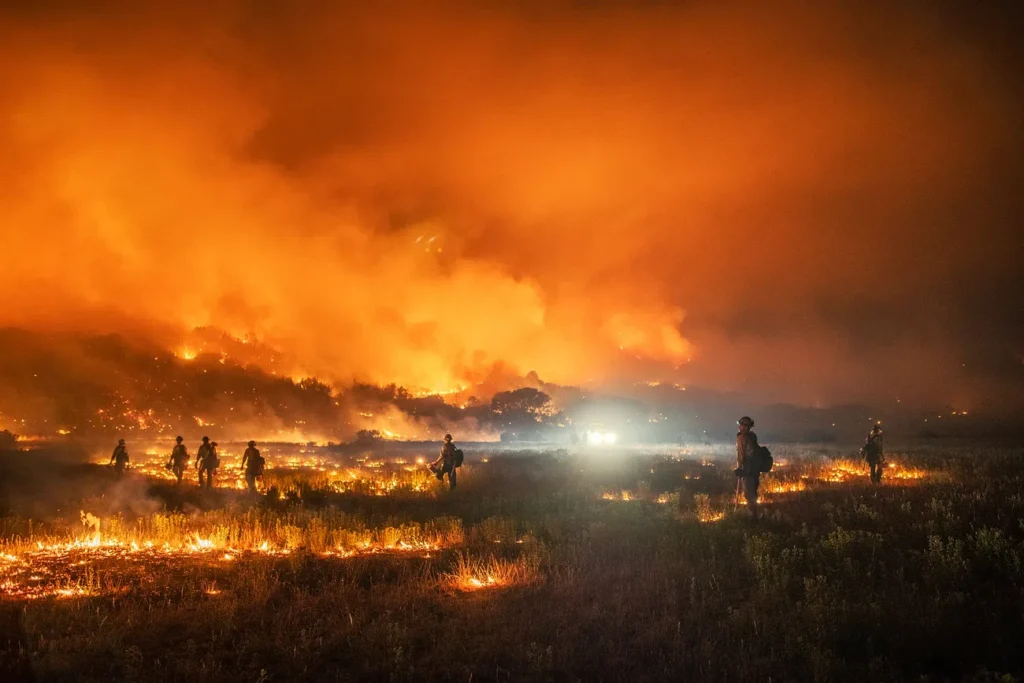Hawaiian Fires: Fueled by Invasive Grasses, a Wet Spring & Human Ignition Sources

“According to Hawaii Wildfire Management Organization, 98% of all Hawaiian fires are started by people, of which 75% are due to carelessness.”
Lomborg’s 2020 study: ‘Data shows trend towards ‘smaller area’ in drought’ – Also floods, hurricanes, wildfires and sea-level rise are not following climate activist claims
You often hear that climate leads to more widespread drought Yet data shows trend towards *smaller area* in drought. Read my 2020 peer-reviewed article: https://t.co/kJetO61F8J pic.twitter.com/CDroocGepw — Bjorn Lomborg (@BjornLomborg) December 5, 2020 https://www.sciencedirect.com/science/article/pii/S0040162520304157 2.3. Drought It is instructive to look at a few, concrete impacts of the most visible issues that are associated with the […]
